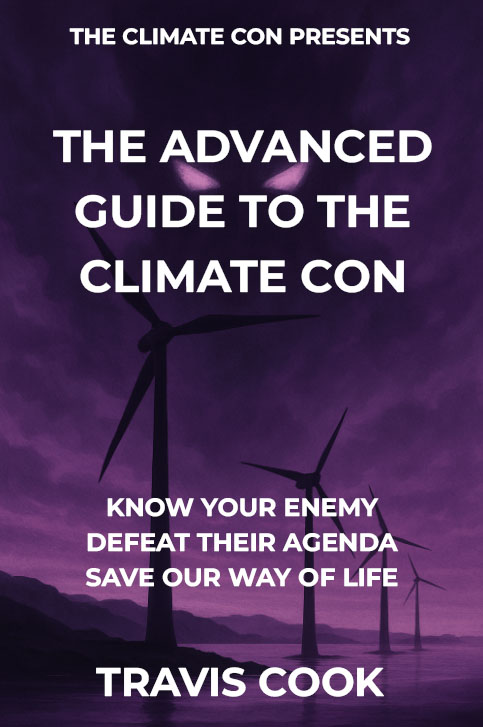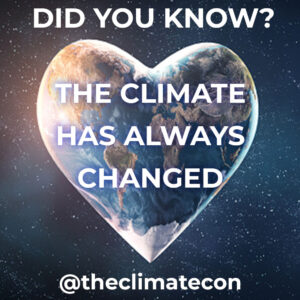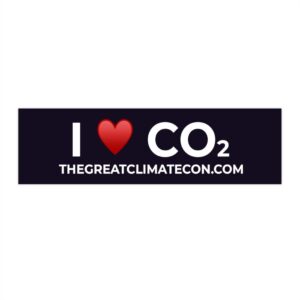Solar Factory Responsible For Widespread Blackout In Spain
Yet another reason to ditch the useless renewable hype!
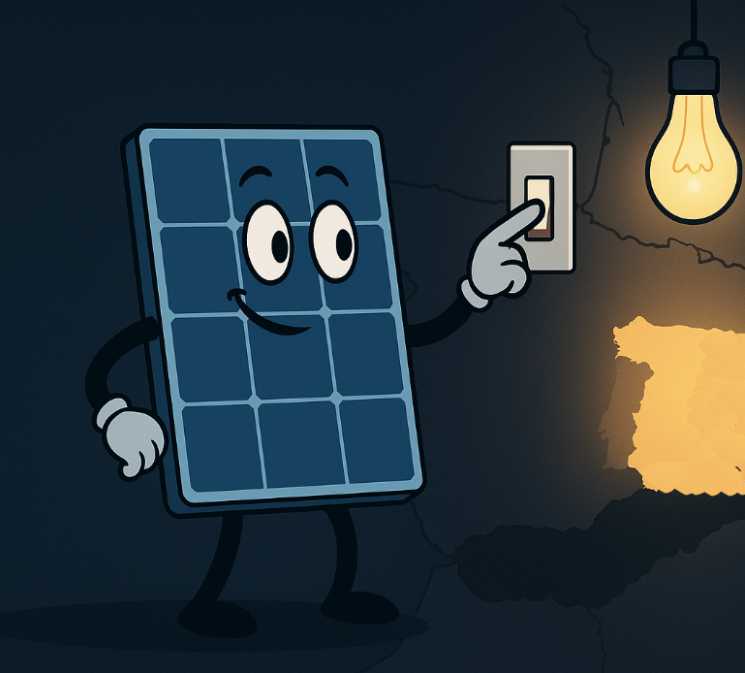
In the spring of 2025, Spain suffered one of the most catastrophic blackouts in modern European history, plunging tens of millions into darkness, halting trains, crippling hospitals, and grinding daily life to a halt across the Iberian Peninsula and beyond. What triggered this chaos? A fault at a massive solar photovoltaic plant in Badajoz, where an anomalous frequency oscillation rippled through the grid, cascading into a total collapse.
At the precise moment of failure, solar power was dominating the system, supplying nearly 60% of Spain’s electricity, with wind adding another chunk to push renewables to over two-thirds of the mix. This wasn’t a freak accident or cyberattack, it was the predictable fallout from betting the farm on unreliable solar panels, which stripped the grid of the stability it desperately needed. “It’s very sad to see what’s happened to Portugal and Spain and so many people there. But you know, when you hitch your wagon to the weather, it’s just a risky endeavor,” Said Chris Wright, Energy Secretary of the USA.
Spain’s Council of Ministers released preliminary findings and recommendations based on its ongoing inquiry into the 28 April 2025 Iberian blackout. The findings note some unusual voltage oscillations across the grid in both the days preceding and during the morning of the blackout. Stabilsing the oscillations following normal rules caused a slightly higher-than-usual voltage.
Academic researchers with access to voltage data, such as Antonio Gómez-Exposito, a power engineering professor at the University of Seville, claim that there may have been sustained overvoltages, in which generating plants sent too high a voltage to the transmission grid just before the grid’s frequency dropped, which implies a potential issue: poorly distributed reactive power sources. Such sources can help control voltages when renewables send power from the distribution level of the grid up to the transmission level, which is becoming more common as grids add more distributed renewables.
Solar energy, hailed by the establishment as a miracle solution, exposed its fatal flaws that day. Unlike the robust, spinning turbines of coal, gas, or nuclear plants that provide “inertia”, a natural buffer against sudden disruptions, solar panels and their inverters offer none. They generate power only when the sun shines, dumping it erratically into the system without the mechanical heft to steady the frequency. When that solar plant glitched, the grid wobbled like a house of cards, with too little backup from traditional sources to absorb the shock. In short, solar factories suck.
Spain had just days earlier boasted of running on 100% renewables for a full workday, but that illusion shattered when reality hit: over-reliance on intermittent sources like solar creates “extremely unstable” conditions, as local reports noted in the aftermath. The government scrambled to deny solar’s role, blaming everything from weather to grid operators, but the truth leaked out, renewables eroded the system’s resilience, turning a minor fault into a nationwide disaster.
This fiasco lays bare the dangerous myths peddled by those obsessed with demonising CO2, the very molecule that greens our planet and fuels life itself. CO2 isn’t a pollutant; it’s plant food, the building block of abundant harvests and thriving ecosystems. Hydrocarbons, powered by this essential gas, have lifted billions out of poverty with reliable, dense energy that doesn’t falter when clouds roll in or winds die down. Yet, the push for solar and wind ignores these basics, forcing grids into fragility. Spain’s blackout wasn’t isolated, it’s a warning to the rest of the world from places like the UK, Germany and Australia, where massive renewable projects are installed with much more planned.
Imagine a future where we cast off these chains: defeating the climate cult dogma opens the door to true prosperity. With CO2 embraced as a boon, we unleash near unlimited energy from advanced hydrocarbon tech, nuclear innovation, and efficient grids that light up cities without fail. Economies boom, innovation soars, and humanity thrives in a world of abundance, where blackouts are relics of misguided policies. Fields flourish under higher CO2 levels, feeding a growing population with ease, and we reclaim the freedom to build without fear-mongering constraints.
But if we fail to break free, the dangers multiply exponentially. More blackouts will ravage societies, leaving vulnerable people, elderly, sick, poor, in the dark and cold, as intermittent power cripples hospitals, food supplies, and economies. Energy poverty will spread, industries flee, and civilisations teeter on collapse, all while vast solar wastelands scar the earth without delivering the promised utopia. Spain’s darkness is a glimpse of that dystopia, unreliable grids, rationed power, and a return to pre-industrial hardships. The choice is clear: reject the hysteria, harness real energy, and secure a bright tomorrow.
Continue Your Learning

Climate Working Group Disbanded
Our enemies cannot handle a debate because the truth is too powerful. Instead, they do everything possible to silence opposition.
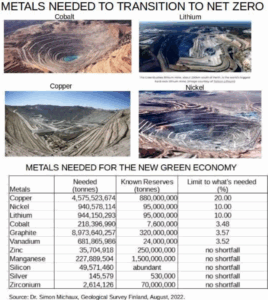
Net Zero Is Mathematically Impossible
Not only does net zero fail a logic test, it fails a maths test even more significantly. Numbers and facts don’t lie, no matter how loud the climate cult cry.
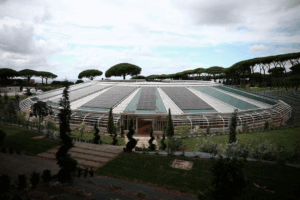
A Ridiculous Foray into Eco-Fantasy: The Vatican’s “Borgo Laudato Si” A New Climate Cult Centre
For some reason the pope is joining the ranks of the climate cult and is opening a new eco centre to supposedly inspire others to join the climate cult.

Net Zero Banking Alliance Defeated
The net zero banking alliance all but admits defeat as they pause operations and their future hangs in the balance of a members vote.

The Climate Is Always Changing And That’s A Good Thing
The climate is always changing and that is a good thing. I could adapt to it being a bit warmer in the UK quicktime, how about you?
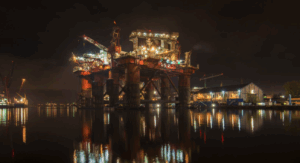
Oil Rig Parts Maker Nearly Completely Abandons Operations Due To ‘cult of carbon’
The UK is getting left behind as the decimation of our industry continues under the banner of net zero. When we realise we don’t need any of this and claim our true abundant destiny?
Our Products
-
Accessories
The Climate Has Always Changed Sticker
£3.33 – £3.83 This product has multiple variants. The options may be chosen on the product page -
Accessories
Chemtrail Awareness Sticker 2
£3.33 – £3.83 This product has multiple variants. The options may be chosen on the product page -
Accessories
White glossy mug
£7.00 – £9.50 This product has multiple variants. The options may be chosen on the product page -
Accessories
Chemtrail Awareness Sticker 1
£3.33 – £3.83 This product has multiple variants. The options may be chosen on the product page
Track The Cost Of Net Zero
Stay ahead of the transition with real-time cost monitoring and optimization tools.
Access Cost Trackers →
